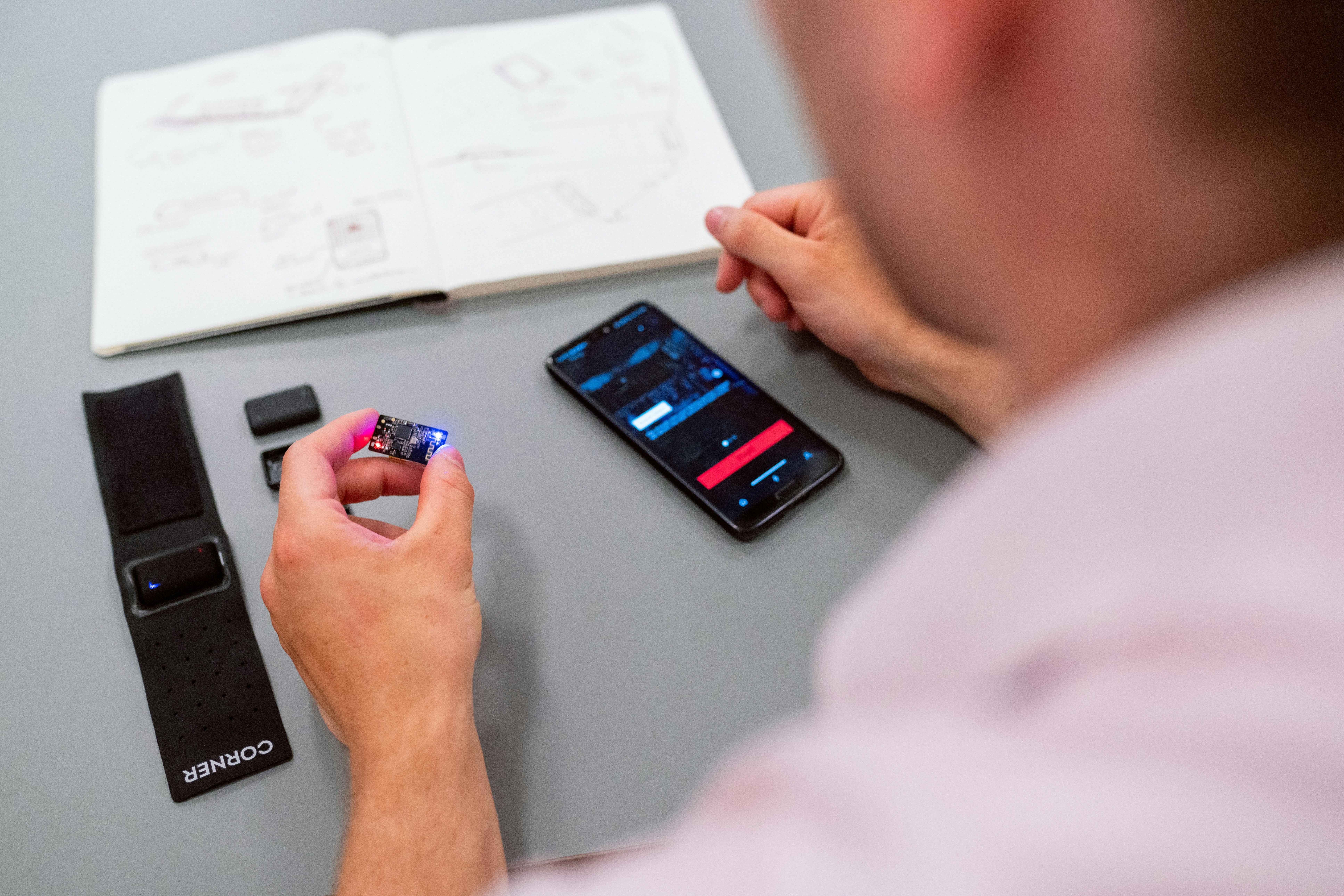Unveiling the Potential of Digital Twin Technology: A New Era for the Tech World
The tech world is no stranger to evolution and innovation. Whether it's the shift from desktops to laptops, or from physical storage to cloud computing, the industry is constantly evolving. One of the most recent developments that's causing a buzz is the concept of Digital Twin Technology. This innovative approach to data management and simulation is changing the way we understand and interact with our digital environments, and it’s set to have substantial impacts across various sectors.

Digital Twin Technology: A Glimpse into the Past
Originating from NASA’s early space programs, Digital Twin Technology was used to create ground-based duplicates of space capsules. These replicas allowed scientists to mirror the conditions of space travel on Earth, simulating potential problems and creating solutions before astronauts encountered them in real-time.
Fast-forward to the 21st century, and this concept has been adopted by the tech industry and expanded upon in ways that even NASA might not have envisioned. Digital Twin Technology is now used to create virtual replicas of physical assets, systems, or processes, allowing for analysis, simulation, and optimization in a digital sphere.
The Now: Digital Twin Technology in Action
As we navigate through 2022, Digital Twin Technology is more relevant than ever. It’s being used in industries ranging from manufacturing to healthcare, providing valuable insights and aiding in decision-making processes. In manufacturing, for example, digital twins of machinery can monitor performance, predict breakdowns, and suggest preventive maintenance.
In the healthcare industry, digital twins of patients’ organs are being used to predict how they will react to certain treatments, making personalized medicine more of a reality. Moreover, cities are starting to use digital twins to optimize their operations, from traffic management to energy use, leading to smarter, more sustainable urban living.
Projected Market Impact and Pricing
The market for Digital Twin Technology is expected to grow exponentially in the coming years. According to a report by Markets and Markets, the Digital Twin market is projected to reach $48.2 Billion by 2026, up from $3.8 Billion in 2019.
This growth is driven by the increasing need for advanced simulation, optimization techniques, and the growing adoption of IoT and cloud-based services. The pricing of Digital Twin solutions varies greatly depending on the complexity of the system being duplicated and the level of detail required. However, the return on investment can be substantial, considering the potential for increased efficiency and cost savings.
The Future: A World Enhanced by Digital Twins
As Digital Twin Technology continues to evolve, its potential applications are virtually limitless. We could see digital twins of entire cities, allowing for the optimization of everything from traffic patterns to energy consumption. Or imagine a digital twin of the human body, providing personalized healthcare like never before.
While these ideas might seem like science fiction, they are well within the realm of possibility. As we continue to explore and harness the potential of Digital Twin Technology, we stand on the brink of a new era in technology—an era defined by simulation, optimization, and unprecedented levels of understanding and control over our physical and digital worlds.
Digital Twin Technology is more than just a tech trend—it’s a transformative tool that’s set to redefine our interaction with the digital world. As this technology continues to develop, one thing is for certain: the tech world will never be the same again.




